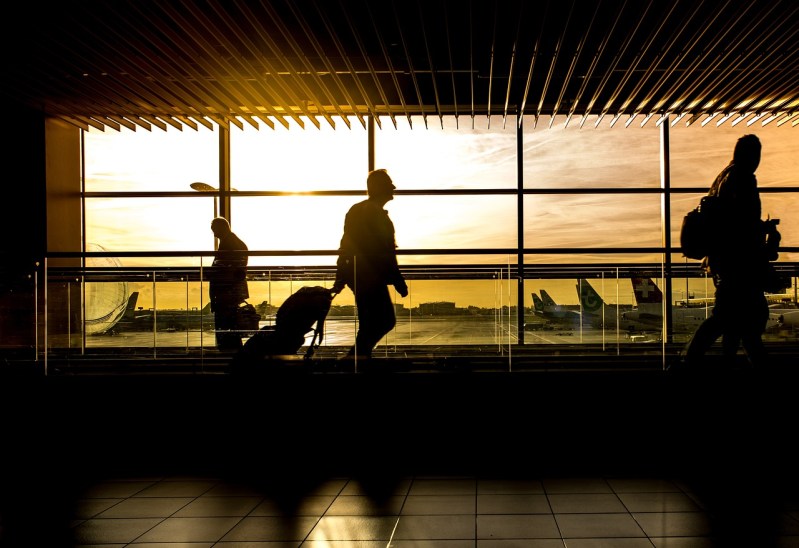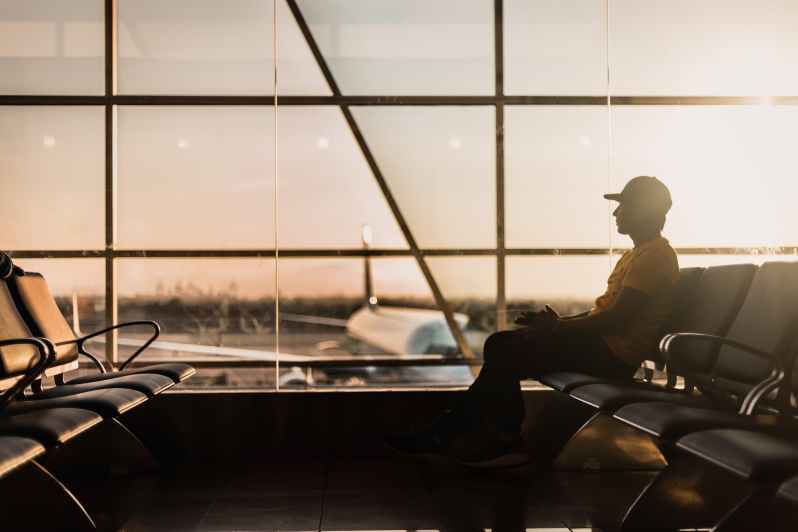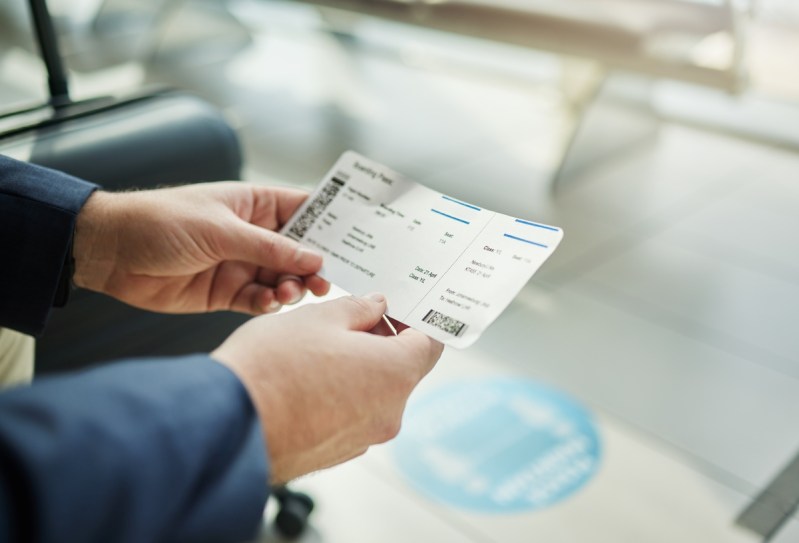
Choosing a good airport for your connecting flight is essential for a smooth air travel experience. An efficient airport can significantly impact your journey, minimizing the risk of delays, missed connections, and other hassles. FinanceBuzz recently performed a study ranking the best and worst airports for a connecting flight– and some of the airports on the list may surprise you.

The best airports and worst airports for connecting flights
The study ranks these hubs as the best airports for connecting flights:
- Richmond International Airport (RIC)
- Tampa International Airport (TPA)
- Boise Airport (BOI)
- Jacksonville International Airport (JAX)
- Bradley International Airport (BDL)
- Ontario International Airport (ONT)
- Seattle-Tacoma International Airport (SEA)
- San Antonio International Airport (SAT)
- Raleigh-Durham International Airport (RDU)
- Ronald Reagan Washington National Airport (DCA)
Connecting through one of the airports on this list should be a breeze. At Richmond International Airport, the longest walk between any two gates in the airport is only eight minutes, and at Tampa International Airport, it only takes two minutes to walk from a security checkpoint to the gate situated farthest away in the terminal. Walking from one side to the other in Bradley International Airport’s largest terminal takes only three minutes, which is the shortest walk in any of America’s busiest airports. At SAT, it takes 50% less time to walk from end-to-end in the largest terminal than the national average.
On the other hand, there are a few airports you may want to leave out of your travel plans. According to the study, the worst airports for a connecting flight include:
- Denver International Airport (DEN)
- O’Hare International Airport (ORD)
- Salt Lake City International Airport (SLC)
- John Wayne Airport (SNA)
- LaGuardia Airport (LGA)
- John F. Kennedy International Airport (JFK)
- Minneapolis-Saint Paul International Airport (MSP)
- Austin-Bergstrom International Airport (AUS)
- Los Angeles International Airport (LAX)
- Detroit Metropolitan Wayne County Airport (DTW)
Any one of these airports can be a headache to navigate if you have a tight connecting flight. Denver International Airport is the airport with the worst delay problem in the country, and the longest walk between any two gates at Chicago O’Hare Airport is a staggering 49 minutes. Additionally, JFK has one of the longest walks possible between security and the farthest-away departure gate, which is 17 minutes. To walk between the two gates located furthest apart at LAX takes nearly an hour.

Key considerations when choosing an airport for your connecting flight
When selecting an airport for your connecting flight, several key considerations should be made. Firstly, prioritize airports with efficient and well-coordinated flight schedules, minimizing your layover times and reducing the risk of missed connections. Also, consider the airport’s geographic location in relation to your final destination, as choosing a hub closer to your endpoint can shorten your overall travel time.
Additionally, evaluate the airport’s reputation for reliability, amenities, and services. If you have a tight connection, then you may want to think twice before traveling through some of the worst airports we mentioned above. Instead, opt for one of the hubs on the best airports list, and remember, always stay calm if you happen to miss your connecting flight.



